Increasing Air Traffic
The Aircraft Towbar Market is experiencing growth due to the rising air traffic across various regions. As more airlines expand their fleets to accommodate increasing passenger demand, the need for efficient ground handling equipment, including tugs and towbars, becomes paramount. According to recent data, air traffic is projected to grow at a compound annual growth rate of approximately 4.5% over the next decade. This surge in air travel necessitates the use of reliable towbars to ensure safe and efficient aircraft movement on the ground. Consequently, manufacturers in the Aircraft Towbar Market are likely to innovate and enhance their product offerings to meet the evolving demands of airlines and ground handling services.
Technological Innovations
Technological advancements play a crucial role in shaping the Aircraft Towbar Market. Innovations such as automated towing systems and smart towbars equipped with sensors are gaining traction among ground handling companies. These technologies enhance operational efficiency and reduce the risk of human error during aircraft towing operations. For instance, the integration of GPS and real-time monitoring systems in towbars allows for precise maneuvering and tracking of aircraft movements. As the aviation sector increasingly adopts these advanced technologies, the Aircraft Towbar Market is likely to witness a shift towards more sophisticated and automated towing solutions, catering to the needs of modern airports.
Expansion of Airport Infrastructure
The Aircraft Towbar Market is positively impacted by the ongoing expansion of airport infrastructure worldwide. As new airports are constructed and existing ones are upgraded, the demand for ground support equipment, including towbars, is likely to increase. This expansion is often accompanied by the introduction of advanced ground handling systems that require compatible towing solutions. Furthermore, the rise in cargo and passenger traffic at these facilities necessitates efficient aircraft movement, further driving the need for reliable towbars. Consequently, the Aircraft Towbar Market stands to benefit from these infrastructural developments, as they create new opportunities for manufacturers and suppliers.
Growing Demand for Electric Towbars
The Aircraft Towbar Market is witnessing a shift towards electric towbars, driven by the increasing focus on sustainability and environmental concerns. Electric towbars offer several advantages, including reduced emissions and lower operational costs compared to traditional fuel-powered models. As airports and airlines strive to meet their sustainability goals, the adoption of electric towing solutions is expected to rise. Recent studies indicate that the market for electric aircraft ground support equipment, including towbars, is projected to grow significantly in the coming years. This trend reflects a broader commitment within the aviation industry to reduce its carbon footprint, thereby influencing the Aircraft Towbar Market.
Regulatory Compliance and Safety Standards
The Aircraft Towbar Market is significantly influenced by stringent regulatory compliance and safety standards imposed by aviation authorities. These regulations mandate the use of certified equipment for ground handling operations, which includes towbars. Compliance with these standards not only ensures the safety of ground personnel but also protects the aircraft from potential damage during towing operations. As a result, manufacturers are compelled to invest in research and development to produce towbars that meet or exceed these safety requirements. The emphasis on safety and compliance is expected to drive the demand for high-quality towbars, thereby positively impacting the Aircraft Towbar Market.


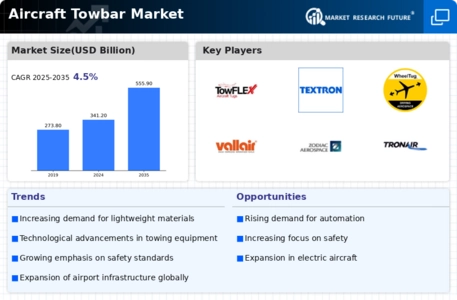
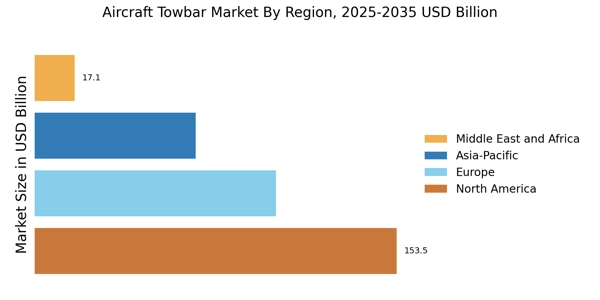
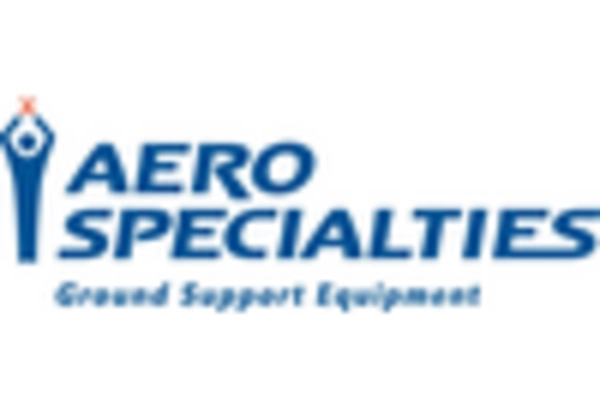
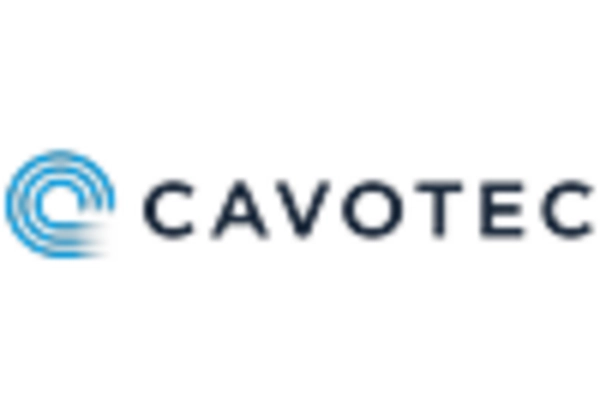
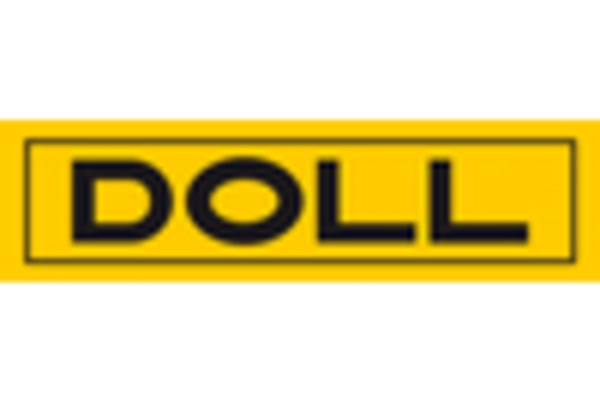
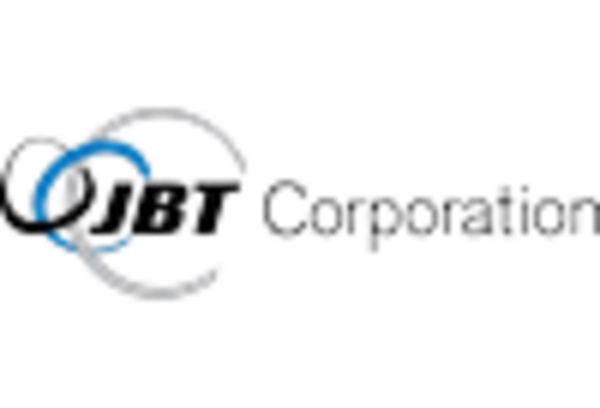
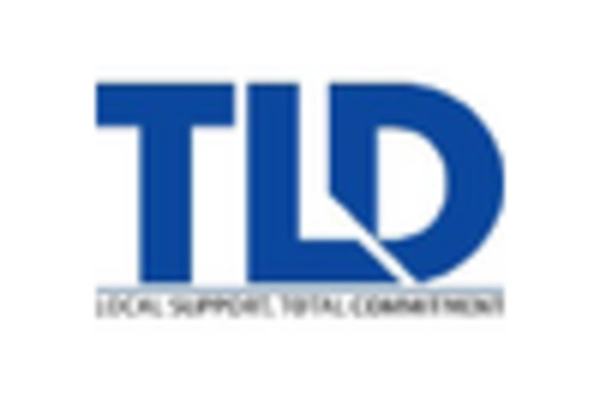
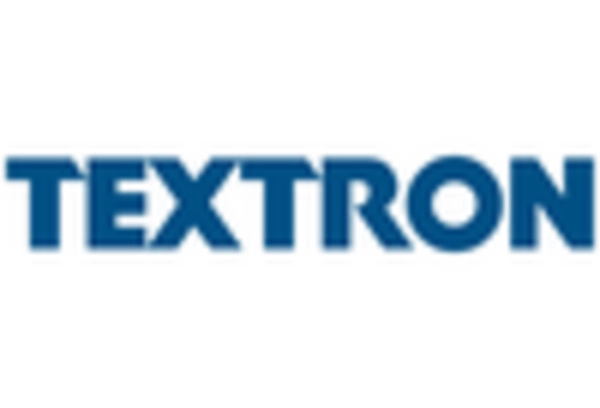








Leave a Comment